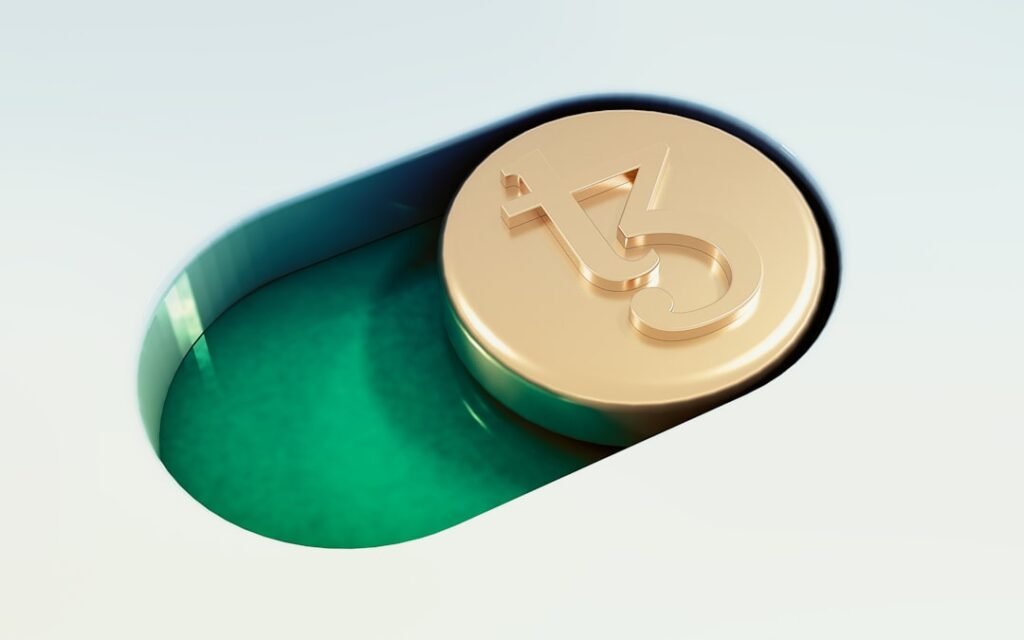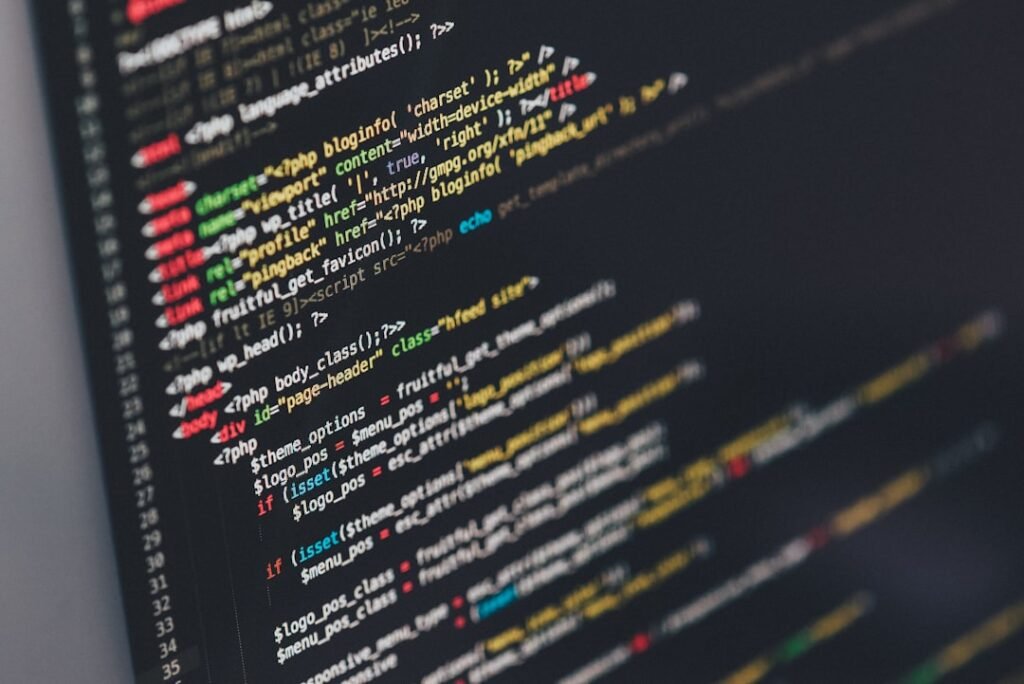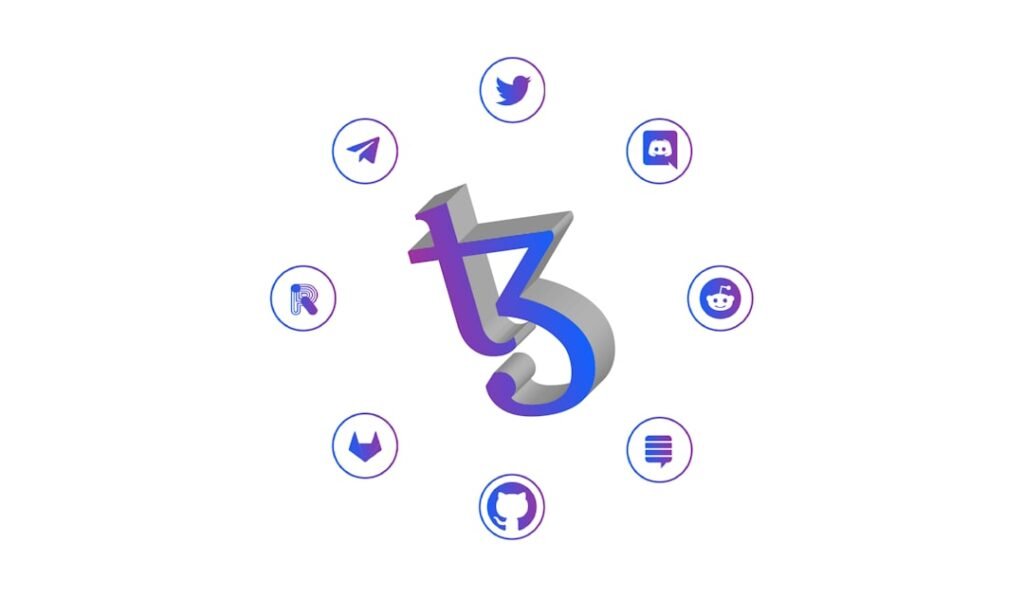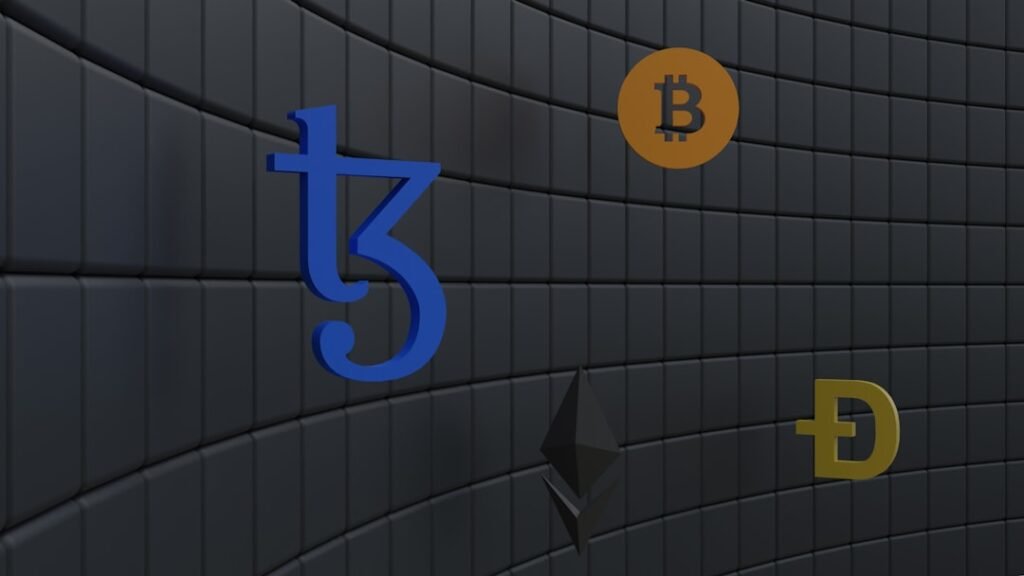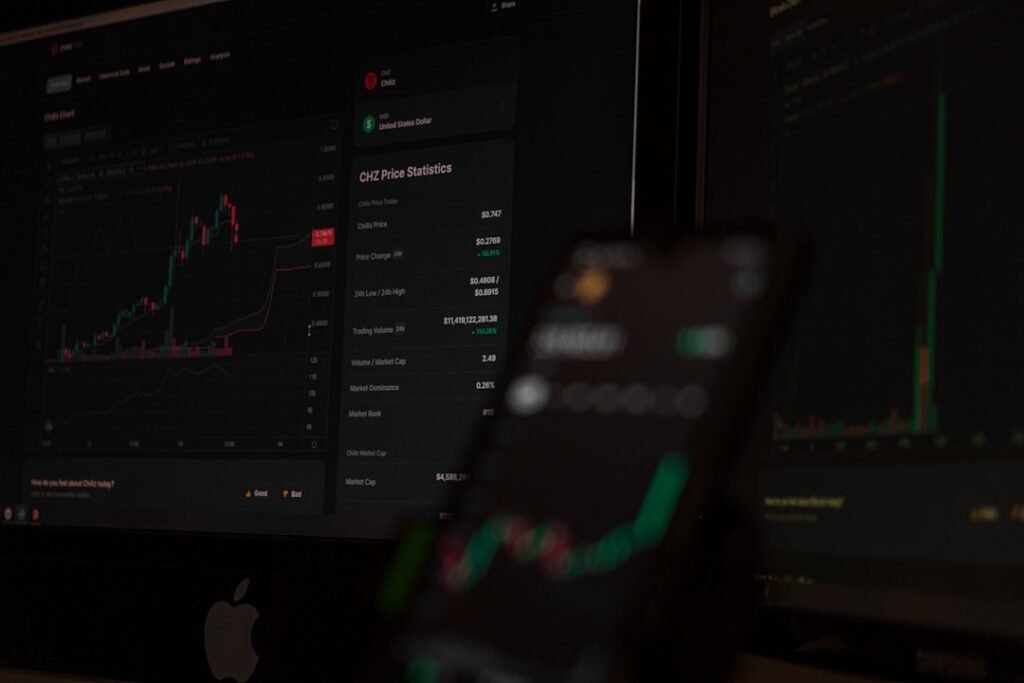Unlocking Trillions: How Real-World Asset Tokenization is Reshaping Global Finance
Imagine acquiring a fractional stake in a Manhattan skyscraper before your morning coffee. Or collateralizing a loan using tokenized U.S. Treasuries in seconds. This isn't financial science fiction—it's the rapidly materializing reality of Real-World Asset (RWA) Tokenization, a blockchain-powered revolution converting tangible assets into digital tokens. With over $10 billion already secured on-chain and giants like BlackRock and JPMorgan leading the charge, we stand at the precipice of a trillion-dollar transformation.
What Exactly is RWA Tokenization?
Real-world asset tokenization is the process of converting rights to physical or traditional financial assets—real estate, gold, treasuries, corporate bonds, commodities, even artwork—into blockchain-based digital tokens. These tokens represent verifiable ownership, incorporating essential compliance features like Know Your Customer (KYC) and Anti-Money Laundering (AML) directly into their architecture. The core promise? To make traditionally illiquid, high-barrier assets globally accessible, tradeable 24/7, and instantly liquid.
The Evolution: From Niche Experiment to Institutional Mainstream
- The Spark (2015-2018): Pioneering projects like Digix launched gold-backed tokens on Ethereum. The concept moved from theory to practice in 2018 with the tokenization of a Manhattan condo on Ethereum, proving fractional ownership of real estate was feasible.
- Building Momentum (2019-2020): Platforms emerged enabling fractional ownership of diverse assets (property, invoices). Simultaneously, institutions began piloting tokenized corporate bonds. The rise of DeFi provided a crucial accelerator, allowing tokenized RWAs to be used as collateral, integrated into yield strategies, and traded non-stop.
- Tech Matures (2021-2022+): Advancements in blockchain tech (Ethereum, Solana, Avalanche), smart contracts, oracles (like Chainlink for real-time pricing), and institutional custody solutions transformed RWA tokenization from an intriguing concept into a robust financial product. Compliance became embedded from inception.
How Does Tokenizing Real Assets Actually Work?
Turning a physical asset or financial instrument into a blockchain token involves a structured, secure process:
- Asset Identification & Vetting: Selecting the asset (e.g., commercial building, gold bar, treasury bond). Rigorous legal checks and independent valuations are performed.
- Token Design: Defining the token type (fungible like ERC-20 for commodities/bonds, or non-fungible NFT for unique assets), standard, and rights it confers.
- Blockchain Selection: Choosing a network (Ethereum, Solana, Avalanche) based on speed, cost, security, and compliance capabilities. Integration with cross-chain protocols like Chainlink CCIP enables future multi-chain interoperability.
- Compliance Integration: Mandatory KYC/AML checks for investors. Licensed custodians safeguard the underlying physical asset.
- Token Minting & Issuance: Deploying smart contracts on the chosen blockchain to create (mint) the digital tokens representing ownership shares.
- Offchain Connectivity: Connecting the onchain token to real-world data via oracles (e.g., Chainlink Proof of Reserve for asset backing verification, price feeds, identity solutions like DECO).
- Trading & Utilization: Tokens become tradeable on centralized exchanges (CEXs) or decentralized platforms (DEXs). They can earn yield (rent, interest, DeFi strategies) or be used as collateral.
The Exploding RWA Landscape: Key Players and Billions On-Chain
The RWA ecosystem is a vibrant convergence of traditional finance (TradFi) giants and crypto-native innovators:
- Institutional Powerhouses: BlackRock leads with its BUIDL fund (~$1.95 billion in tokenized short-term Treasuries on Ethereum). JPMorgan pilots on-chain collateral settlement. Franklin Templeton and WisdomTree offer tokenized funds. Visa explores integrating tokenized yields into payments. Hong Kong, Singapore, and the UK have piloted tokenized sovereign bonds.
- Crypto-Native Protocols Driving Innovation:
- Ondo Finance: Tokenizes US Treasuries, bringing institutional-grade fixed income onchain.
- Centrifuge: Transforms private credit markets by tokenizing loans and invoices backed by real assets.
- Maple Finance: Provides access to tokenized private credit in decentralized markets.
- Infrastructure Enablers: Platforms like Tokeny's T-REX and standards like ERC3643 provide secure issuance and compliance frameworks. Custodians and specialized wallets ensure security. Chainlink acts as the critical decentralized computing platform, providing essential offchain data (Proof of Reserve, prices, identity), cross-chain interoperability (CCIP), and smart contract automation crucial for institutional adoption.
The Numbers Speak Volumes:
- Total Value Locked (TVL): RWA protocols surpassed $10 billion in value (excluding stablecoins) by March 2025, marking an all-time high (Source: RWA.xyz, AMINA Bank).
- Market Leaders: BlackRock's BUIDL fund dominates, followed by other treasury and private credit tokenization initiatives.
- Growth Trajectory: Secondary market activity is surging, fueled by investor confidence and improving cross-platform compatibility. DeFi integration is deepening, enabling sophisticated yield strategies.
Navigating the Regulatory Maze
Regulatory clarity remains a critical hurdle, but frameworks are evolving:
- Europe: The Markets in Crypto-Assets (MiCA) regulation provides harmonized rules for digital assets, including RWAs.
- United States: The SEC and FinCEN enforce strict KYC/AML and apply the Howey Test, often classifying RWAs as securities. Regulatory refinement is ongoing.
- Asia & Middle East: Singapore (Project Guardian), Hong Kong, and the UAE are establishing innovation hubs with progressive, yet compliant, regulatory approaches.
- Global Challenge: Asset classification (security vs. commodity) and fragmented regulations require careful navigation. Jurisdictional clarity is paramount for issuers and platforms.
The Trillion-Dollar Future: What's Next for RWAs?
The infrastructure is maturing, institutions are onboard, and regulations are catching up. The path forward points towards an onchain financial future:
- Massive Scale: Trillions of dollars in real-world assets – from treasuries and bonds to real estate and commodities – are poised to migrate onchain.
- Deep DeFi Integration: Tokenized RWAs will become fundamental collateral and yield-generating instruments within DeFi ecosystems, blurring the lines between TradFi and DeFi.
- Tokenized ETFs & Bonds: Expect the emergence of fully onchain, tokenized versions of mainstream financial products like ETFs and corporate bonds.
- Enhanced Interoperability: Seamless cross-chain and cross-border transfer of tokenized assets will become standard. Imagine a bond minted on Ethereum used as collateral on a Solana lending protocol, governed under Swiss law.
- Streamlined Compliance: Onchain identity standards and automated KYC will significantly reduce friction while maintaining regulatory adherence.
- Mainstream Accessibility: Tokenized asset investment will integrate into everyday finance apps, democratizing access like never before.
Conclusion: The Onchain Future is Being Built Now
RWA tokenization is far more than a crypto trend; it's a fundamental replatforming of global finance. By merging the trust and value of traditional assets with the efficiency, transparency, and accessibility of blockchain technology, it unlocks unprecedented liquidity and opportunity. The $10 billion milestone is just the beginning. As regulatory frameworks solidify, technology advances, and institutional participation deepens, the tokenization of real-world assets is set to redefine ownership, investment, and the very fabric of capital markets. The age of RWA tokenization isn't just coming—it's actively reshaping the financial landscape before our eyes. The trillions are waiting onchain.






